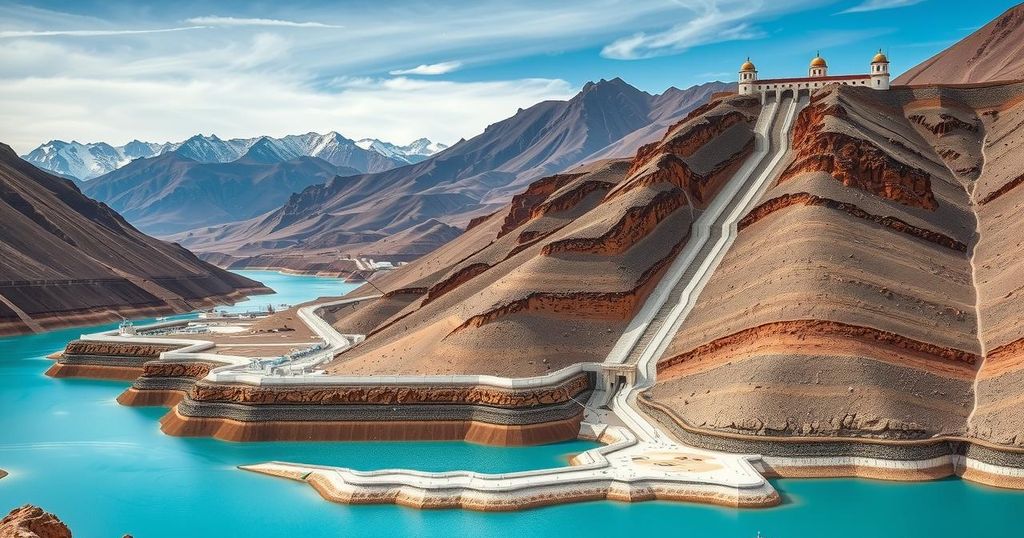China’s Hydro Projects in Tibet: A Resource Quest Amid Natural Disasters

China continues to pursue large dam constructions in Tibet despite recent devastating earthquakes, drawing concerns over environmental impacts and potential international tensions. Rescuers are working against harsh weather conditions, with thousands of homes destroyed. Reports indicate a significant increase in planned dams, which could worsen geological hazards.
In Tibet, China is aggressively pursuing the construction of large hydroelectric dams despite the region’s seismic vulnerabilities. Recent reports have cited a significant earthquake with a death toll rising to 126, as icy conditions hinder rescue efforts. Over 14,000 rescue workers are currently deployed, and thousands of homes have been damaged. Critics warn that the proposed dams, which number nearly 200, may exacerbate environmental risks, particularly landslides and flash floods, while potentially straining international relations with neighboring countries such as India.
China’s ambition for hydraulic energy in Tibet comes amidst the region’s geological instability, characterized by frequent earthquakes. With significant rivers flowing through Tibet, the potential for hydropower generation is immense, offering prospects for energy independence. However, a recent study indicates that the number of dams in the region has surged alarmingly and many local communities express valid concerns over environmental repercussions and displacement. Simultaneously, these infrastructure initiatives aim to position China as a leader in sustainable energy production, albeit at considerable risk.
The ongoing situation in Tibet underscores a critical intersection of development and environmental sustainability. While China’s pursuit of hydroelectric power is framed as necessary for energy security, the serious implications for local communities and ecosystems deserve urgent attention and scrutiny. Without a greater emphasis on comprehensive impact assessments and community engagement, the goals of energy expansion may be countered by devastating natural consequences and social unrest which could emerge from the rapid industrialization of this sensitive region.
Original Source: www.asianews.it






